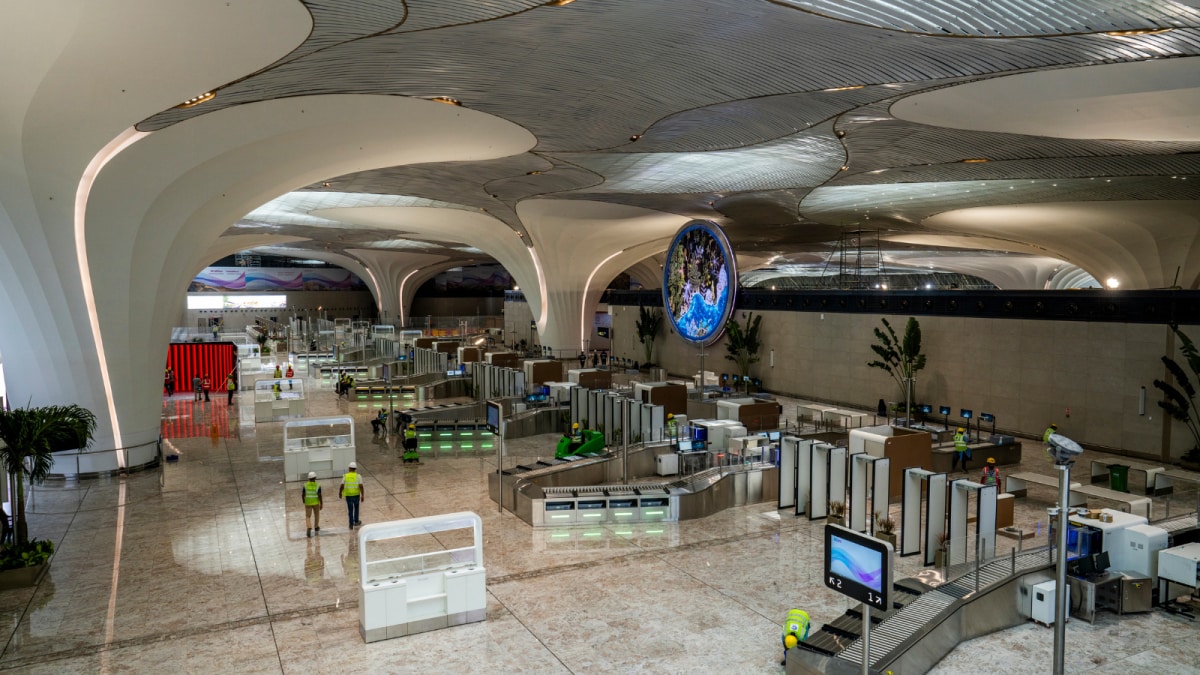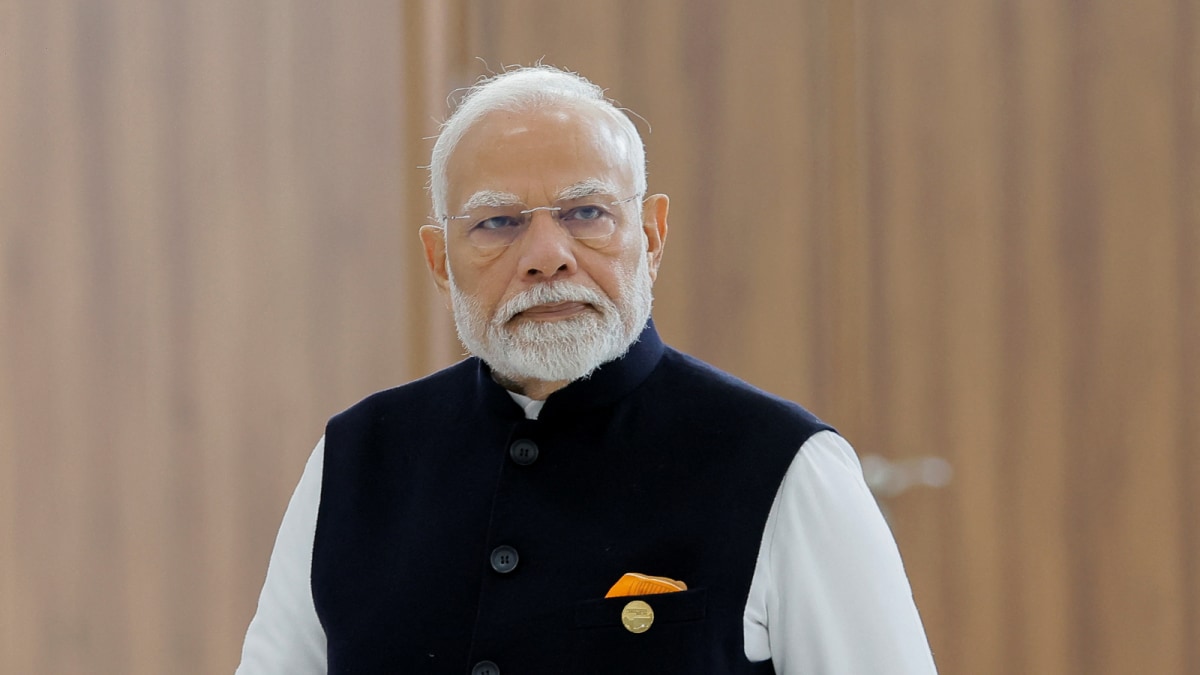Last Updated:
The youth of Raigad, Thane, Navi Mumbai, Konkan, and other regions stand to gain the most from employment opportunities spanning airport operations, logistics, retail, and more.

Navi Mumbai International Airport. (Image: NMIA)
Prime Minister Narendra Modi is set to inaugurate the much-awaited Navi Mumbai International Airport (NMIA) on October 8, marking a transformative moment for India’s aviation and infrastructure landscape. Situated strategically in the heart of the Mumbai Metropolitan Region (MMR), the new airport will not only decongest the overburdened Chhatrapati Shivaji Maharaj International Airport (CSMIA) but also act as a catalyst for economic growth and regional development.
Developed under a Public-Private Partnership (PPP) between the City and Industrial Development Corporation (CIDCO) and Mumbai International Airport Ltd (MIAL) — with Adani Airport Holdings Ltd as the lead promoter — NMIA symbolises India’s progress towards sustainable, world-class infrastructure. Spread over 1,160 hectares, it has been designed to handle 90 million passengers and 3.25 million metric tonnes of cargo annually upon full completion. The first phase, built at a cost of Rs 19,647 crore, will begin operations with a capacity of 20 million passengers per annum and 0.5 million metric tonnes of cargo.
Recommended Stories
Beyond aviation benefits, the project carries immense socioeconomic significance. Thousands of jobs have already been created during the construction phase, and lakhs more — both direct and indirect — are expected to emerge once the airport becomes fully operational. The youth of Raigad, Thane, Navi Mumbai, Konkan, and other regions of Maharashtra stand to gain the most from employment opportunities spanning airport operations, logistics, retail, hospitality, and transportation. NMIA will attract global businesses, spur real estate development, and support industries such as tourism, logistics, and trade — making it a key economic engine for the region.
One of NMIA’s standout features is its multi-modal connectivity, making it India’s first truly integrated transport hub. The airport will be linked by national highways, the suburban railway network, metro lines, and even waterways — enabling passengers and cargo to move seamlessly across different modes of transport. Major projects such as the Atal Setu, Ulwe Coastal Road, and the upcoming Thane–NMIA elevated corridor will ensure high-speed, signal-free access from various parts of MMR. Additionally, Metro Line 8 and the Navi Mumbai Metro network will directly connect NMIA with CSMIA and central Mumbai by 2031. The Mumbai–Hyderabad High-Speed Rail Corridor, planned with an underground station near the terminal, will further enhance national connectivity.
Equipped with smart technologies, sustainable energy solutions — including 47 MW of solar power — and an Automated People Mover (APM) system, NMIA represents a model for future airports in India. As it readies for operations following DGCA’s aerodrome licence approval, the Navi Mumbai International Airport is poised to redefine travel, drive economic resilience, and reaffirm India’s vision of becoming a developed nation.
Once the new Navi Mumbai International Airport is fully operational, its impact will extend far beyond aviation. By combining world-class infrastructure with massive job creation, sustainable practices, and unmatched multi-modal connectivity, NMIA is set to become a key driver of Maharashtra’s economy and a gateway to global opportunities. The Prime Minister’s inauguration on October 8 will not just mark the opening of an airport — it will symbolise the arrival of a new growth engine for the Mumbai Metropolitan Region and a milestone in India’s journey toward becoming a developed nation by 2047.
About the Author

Mayuresh Ganapatye, News Editor at News18.com, writes on politics and civic issues, as well as human interests stories. He has been covering Maharashtra and Goa for more than a decade. Follow him at @mayuganapa…Read More
Mayuresh Ganapatye, News Editor at News18.com, writes on politics and civic issues, as well as human interests stories. He has been covering Maharashtra and Goa for more than a decade. Follow him at @mayuganapa… Read More
October 07, 2025, 11:35 IST
Loading comments…
Read More



